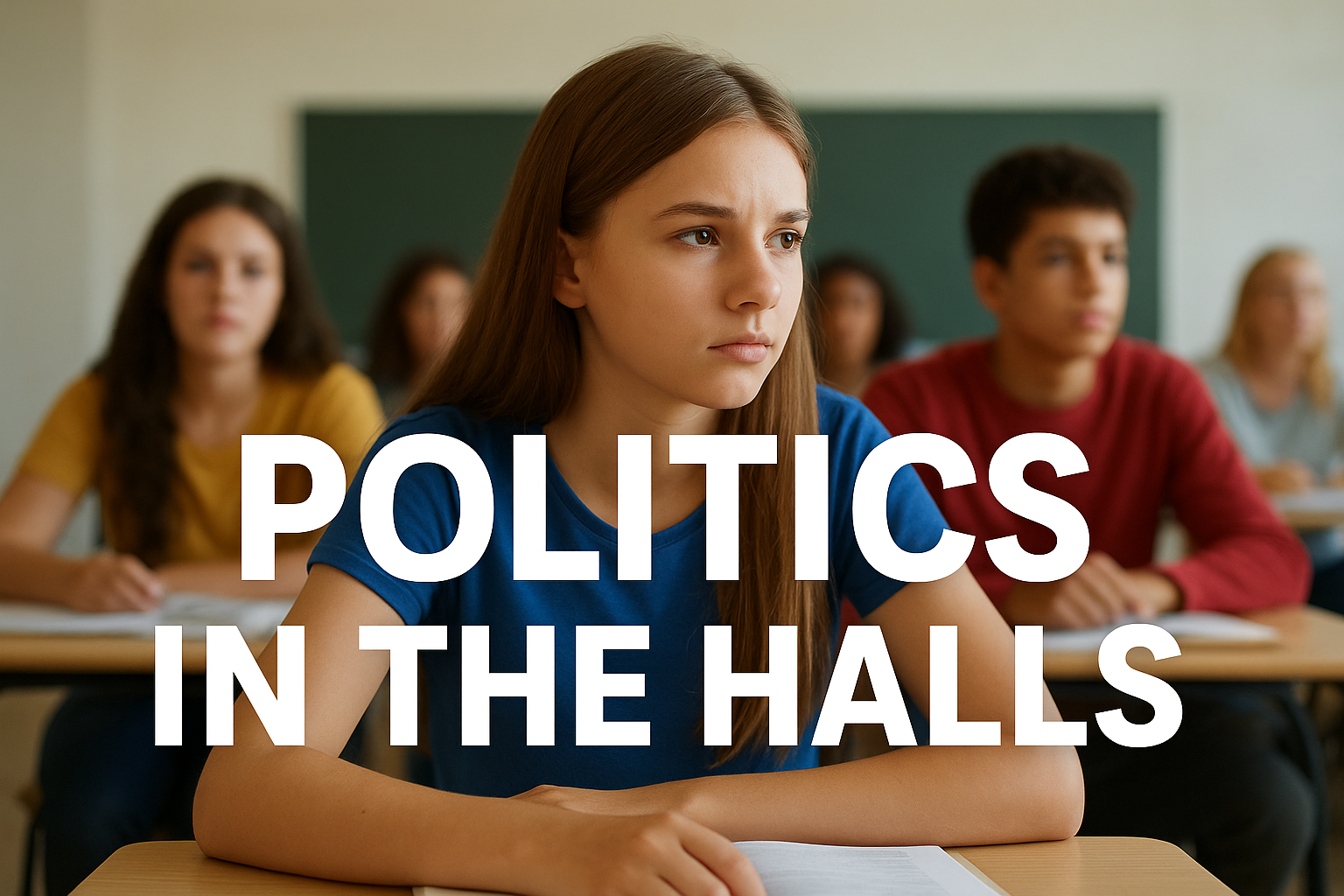
How to Support Male School Leaders of Color. 6 Tips From a District-University Partnership
Partnerships between universities and school districts to train school leaders can be tricky: one partner deals mainly in practice; the other in theory.
One of the keys to making it work is meeting in the middle—with each entity having an equal voice, according to Cheryl Watkins, a former chief of schools in the Chicago district who now works as an adjunct with university.
“One cannot be superior over the other,” said Watkins. “It has to be where we are listening to each other and where we are sharing. There would be a bridging of the theoretical perspective and the practical perspective, which will put us smack dab in the middle—which equals success.”
Watkins knows.
She’s been one of the key links in a targeted coaching partnership between the Chicago school district and National Louis University to increase and retain the number of male principals from Black and Latino backgrounds. The program is one of several initiatives underway to diversify the school system’s leadership ranks—where there’s a gap between school leaders and students, especially between Latinx students and leaders.
The majority of Chicago’s students are non-white, but nearly half of the district’s teachers are white. And while 47 percent of students were Latinx, only 18 percent of principals were from the same background in the 2021-22 school year. Male principals are also underrepresented: Only 9 percent of Black principals are men, while 7 percent of Latinx principals are men.
In the new program, the university added six coaches, who’ve worked in the district and know its ways, culture, and customs, to its faculty to provide targeted support to leaders of color with the day-to-day aspects of the job, along with guidance on career mapping, interview preparation, and assistance with promoting equitable practices in their schools.
Two of the coaches are Black men, three are Black women, and two are Latino. Of the 28 school leaders who are receiving support, 11 are Black and 8 are Latinx.
Here are six important lessons the university learned about being responsive to the district’s needs:
1. Work with the district to define the issue
National Louis had had a partnership with the Chicago district since 2016. The university recruits from the district’s pool of teachers, assistant principals and principals for its educational leadership programs. And students in its preparation program do a one-year residency—essentially an internship—in the district, where they are matched with a coach and a mentor principal.
It was through that existing relationship that the university saw the mismatch between the district’s student demographics and its leadership corps.
Watkins, who was then working for the district, said it was easy for the district to sign on to the coaching partnership because both shared a similar objective—diversifying the leadership corps and increasing retention. But even with the same goals, there was a learning phase, where each side had to get comfortable with the other, she said.
That hesitance was smoothed out over several meetings to understand the university’s goals as well as the backgrounds of the coaches who’d be working with the district’s leaders, Watkins said. Many of the coaches had ties to the district, she said. One was a former district chief.
“That made all the difference,” Watkins said.
Harrington V. Gibson, an associate professor at National Louis who runs the program, said the university wanted to ensure that it was filling a district need.
“We didn’t want to be one of those institutions where we are going into a school district, we collect data for our own purpose, you never see us again,” Gibson said. “We wanted this to be a service that we could provide, and having Cheryl, having conversations to reflect on the program—how we could improve, how we could meet the needs of the district—it shifted to more program-coordination and collaboration.”
2. Align the support for leaders with district goals
In addition to increasing the number of male Black and Latino leaders, a key objective is ensuring that leaders can run schools committed to equitable practices.
Part of the role of the coaches is to help their charges understand and put into practice the district’s equity framework, along with the state’s culturally responsive teaching and learning standards, which were implemented in 2021, Gibson said.
Conversations and supports between coaches and their charges are as diverse as the principals, their experiences, and the students they serve, Watkins and Gibson said.
Coaches also cover areas like giving feedback to teachers, engaging with parents, and addressing equity, including the needs of students with Individualized Education Plans, those in gifted and talented education programs and those with social-emotional learning challenges. Those are areas on which principals are evaluated.
Coaches also cover the day-to-day aspects of the job, finding solutions to common trends that other principals have reported to their coaches, and on individual and school-specific leadership challenges.
“We cover the gamut—but we talk about it from that equity lens,” Watkins said.
Juan Carlos Zayas, who is completing his internship at The Ogden International School of Chicago and has been in the district for 14 years, said his coach has been a good sounding board as he thinks about his career and in helping him understand the district’s equity framework.
She’s done a “good job of taking into a consideration my aspiration to be a Hispanic/Latinx leader and just does a fantastic job of giving me advice on what she sees would be a good fit,” Zayas said.
3. Carefully match coaches and future leaders
National Louis didn’t reinvent the wheel with the new coaching program. Chicago already has a mentoring program, GEM (Great Expectations Mentoring), aimed at Latino and Black principals. And school leaders in the university’s preparation program also have coaches. It sought to expand those opportunities to school leaders who were not in its program.
Watkins and others in the district helped identify principal supervisors to serve as coaches because graduates of the program said it would be beneficial to have coaches who had worked in and understood the school system.
National Louis also wanted to combat the notion that Black educators are mainly disciplinarians. To do that, they ensured that coaches had experience as instructional leaders to help candidates strengthen their instructional leadership skills.
Coaches also help provide critical support to principals when their supervisors are stretched thin.
“It was someone else that they could trust,” Watkins said. “It was another ear, it was another mind, it was another voice.”
Gerald Macon, who is in his third year as an assistant principal at Portage Park Elementary School, worked with one of the coaches while completing his resident-principal internship. The monthly meetings during his residency year—which was also the first year of the pandemic—helped him find his footing, he said.
“It allowed me to have another person besides my building leaders who I could go to for support,” said Macon.
Once the chaos of the pandemic and remote learning ended, he worked with his coach on the type of leader he wanted to be and continues to get help with interview preparation as he looks for a principal’s job.
While Macon appreciates the support, he also thinks more could be done to help those who are ready to land permanent jobs.
4. Get feedback from current students and graduates
The university tweaked several parts of the program based on feedback from graduates and current participants.
It was participants’ feedback, for example, that led the university to focus on hiring sitting principal supervisors to serve as coaches.
Graduates were also good sources to tap to understand the gaps between preparation and practice. The coaches’ experiences and feedback are also used to inform the university’s principal-preparation program.
“It’s about the university talking to school leaders in the district about what would be beneficial about their preparation and then using those lessons to prepare their next generation of school leaders,” Gibson said.
Several National Louis graduates, for example, were tapped to be guest speakers and faculty members. The university also used them to find Latino and Black teachers, teacher-leaders, and assistant principals who would benefit from coaching.
Graduates, like Fatima Cooke, the district’s chief of equity, engagement and strategy, are often invited back to the university to discuss the district’s equity initiatives and successful practices.
5. Get outside funding
One of the benefits of the coaching program is that principals and would-be school leaders who are part of the program do not have to worry about how to pay for the extra support.
A $90,000 a year grant is allowing the university to pick up the tab for the program.
The funds also cover the professional development for the coaches to meet to discuss their charges’ goals and strategize about common challenges the principals report.
6. Don’t operate in silos
National Louis is one of several organizations and universities, including New Leaders, the New York City-based school leadership program, that are working on principal training and diversity in Chicago public schools. The district also has internal programs to tap talented educators of color.
They meet regularly, share strategies, and collaborate on programs.
“That’s unique,” Gibson said. “We all have the common goal of addressing the principal pipeline and ensuring there are strong principals in the district. We see ourselves as a support network for one another, even though we are different universities and organizations. But we share the common mission where we work with the district on the issues of principal quality and retention.”
Dig Deeper With Our Longreads
Newsletter Sign up to get our best longform features, investigations, and thought-provoking essays, in your inbox every Sunday.
The MEN was founded by John Huber in the fall of 2020. It was founded to provide a platform for expert opinion and commentary on current issues that directly or indirectly affect education. All opinions are valued and accepted providing they are expressed in a professional manner. The Maryland Education Network consists of Blogs, Videos, and other interaction among the K-12 community.







